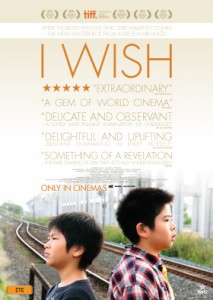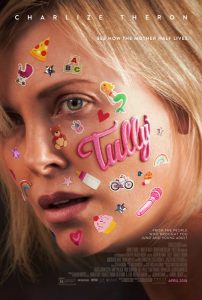 As the sombre Interiors followed the Oscar winning Annie Hall only one year after, September too comes one year after Woody Allen’s most financially successful film Hannah and Her Sisters (up until Match Point in 2005). Just as Bananas, Sleeper and Love and Death exist in Allen’s “early funny films” category, September exists in his canon of “darker films”.
As the sombre Interiors followed the Oscar winning Annie Hall only one year after, September too comes one year after Woody Allen’s most financially successful film Hannah and Her Sisters (up until Match Point in 2005). Just as Bananas, Sleeper and Love and Death exist in Allen’s “early funny films” category, September exists in his canon of “darker films”.
Set over a few days in a beach house in Vermont, six main characters surround the film: Diane (Elaine Stritch), an aging Hollywood starlet whose glory days have well since past; Lane (Mia Farrow), her depressed daughter who owns the house that they all live in; Stephanie (Dianne Wiest), Lane’s best friend who’s staying for the summer away from her family; Peter (Sam Waterston), a writer living in Lane’s guest house for the summer; Lloyd (Jack Warden), Diane’s lover; and Howard (Denham Elliot), a friend to Lane and Stephanie.
Four of the central characters are awkwardly and haphazardly in love with each other (in the wrong order) in a familiar plot device borrowed from Shakespeare’s A Midsummer Night’s Dream. Howard loves Lane, Lane loves Peter, and Peter loves Stephanie. There is no Puck to play cupid and this sense of longing only becomes forlorn and despairing. Unrequited love is just that, and it is of course, devastating.
Conflict surrounds the characters intertwining relationships. First and foremost is between mother and daughter. Diane believes that she is stoic, quickly moving on from any bad misfortune that has been cast in her life. In contrast, Lane is traumatised by her past and is unable to move out of a sinking depression. Their past reeks of the Lana Turner saga, whereby Turner’s lover was shot by her daughter. And like the classic Hollywood legend, there is more than meets the eye.
Mother and daughter are women of two different belief systems. With six main actors in the majority of the film, it is Farrow, Stritch and Wiest that predictably stand out. Mia Farrow is particularly good as Lane, unafraid to reach into the dark recesses and appear emotionally drained and exhausted. Dianne Wiest lights up the screen in even her quieter roles and impresses as always. Elaine Stritch is quite wonderful as well in this more dramatic role, with pitch perfect timing as always. Sam Waterston works well with Wiest and Farrow as the leading love interest, while Jack Warden and Denham Elliot are fine too in their supporting roles.
Carlo Di Palma’s shadow-filled cinematography helps to create September to be maudlin in aesthetic as well as tone. With Ingmar Bergman influences clearly noted through the focus of human interactions, the film is more interesting as a character study than it is cinematically interesting. It is well known that Allen introduced a happier ending of Hannah and Her Sisters to appease studio concerns. Perhaps September is the kind of unfiltered work that Allen wanted to produce.
Read more entries in our Wednesdays with Woody feature!





